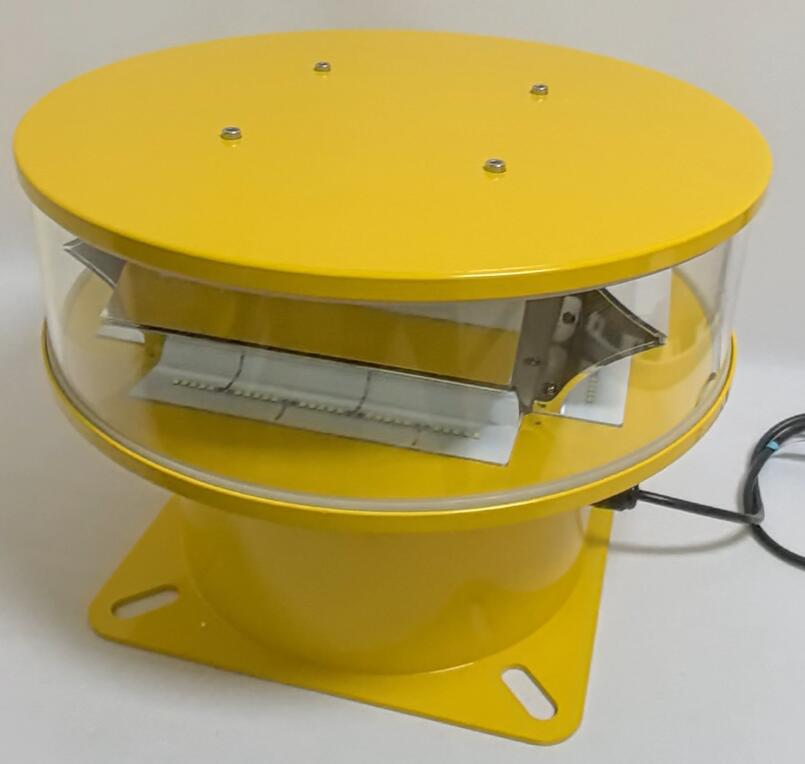The aviation industry is one of the most technologically advanced sectors, where safety is paramount. Among the myriad of systems and indicators designed to ensure the safe operation of an aircraft, the Master Warning Light (MWL) stands out as a critical component. This article delves into the significance of the MWL, its functionality, and its role in maintaining flight safety.
Understanding the Master Warning Light
The Master Warning Light is a prominent visual alert system installed in the cockpit of an aircraft. It is designed to immediately capture the attention of the flight crew by illuminating a bright, usually red, light. This light is accompanied by an audible warning, such as a buzzer or chime, to ensure that the crew is aware of a critical issue that requires immediate attention.

The MWL is not a standalone system but is integrated with various other warning systems and sensors throughout the aircraft. When a system or component detects a fault or anomaly that could compromise the safety of the flight, it sends a signal to the MWL, triggering the warning.
The Role of the Master Warning Light in Flight Safety
The primary role of the MWL is to alert the flight crew to potential hazards that could lead to catastrophic consequences if not addressed promptly. These hazards can range from engine failures, hydraulic system malfunctions, to more subtle issues like cabin pressure loss or electrical system faults.
Master Warning Light in Aircraft
|
In the high-stakes environment of aviation, where every second counts, the MWL serves as a crucial tool for decision-making. When the light illuminates, the crew must quickly assess the situation, consult the aircraft's manuals and checklists, and take appropriate action to mitigate the risk.
Integration with Other Systems
The MWL is part of a broader network of warning systems that work in concert to ensure the safety of the aircraft. For instance, the Engine Indicating and Crew Alerting System (EICAS) or the Electronic Centralized Aircraft Monitor (ECAM) provides detailed information about the nature of the fault. This integration allows the crew to not only be alerted to a problem but also to understand its severity and the necessary steps to resolve it.
Moreover, the MWL is often linked with the aircraft's autopilot and flight management systems. In some cases, if a critical failure is detected, the MWL can trigger the autopilot to disengage, requiring the pilots to manually control the aircraft. This ensures that the crew is fully engaged in addressing the issue at hand.
Training and Familiarization
Given the critical nature of the MWL, flight crews undergo extensive training to familiarize themselves with its operation and the appropriate responses to various warnings. Simulators play a vital role in this training, allowing pilots to experience and react to different warning scenarios in a controlled environment.
This training is not a one-time event but an ongoing process. As aircraft systems evolve and new technologies are introduced, crews must stay updated on the latest procedures and best practices for responding to MWL activations.
Case Studies and Real-World Examples
There have been numerous instances where the MWL has played a pivotal role in averting potential disasters. One notable example is the "Miracle on the Hudson" in 2009, where the MWL alerted the crew to a bird strike that resulted in the loss of both engines. The timely response of the crew, guided by the MWL and other systems, led to a successful emergency landing on the Hudson River, saving all passengers and crew on board.
Another example is the Qantas Flight 32 incident in 2010, where an uncontained engine failure triggered multiple warnings, including the MWL. The crew's ability to interpret and respond to these warnings was instrumental in safely landing the aircraft despite significant damage.
The Master Warning Light is more than just a warning indicator; it is a vital component of an aircraft's safety infrastructure. Its ability to quickly and effectively alert the flight crew to potential hazards is crucial in maintaining the high safety standards of the aviation industry. As technology continues to advance, the MWL will undoubtedly evolve, but its fundamental role in ensuring flight safety will remain unchanged.
In conclusion, the Master Warning Light is a testament to the aviation industry's commitment to safety. It serves as a constant reminder of the importance of vigilance, preparedness, and the relentless pursuit of excellence in the face of adversity. As we continue to push the boundaries of air travel, the MWL will remain a beacon of safety, guiding flight crews through the challenges of the skies.

